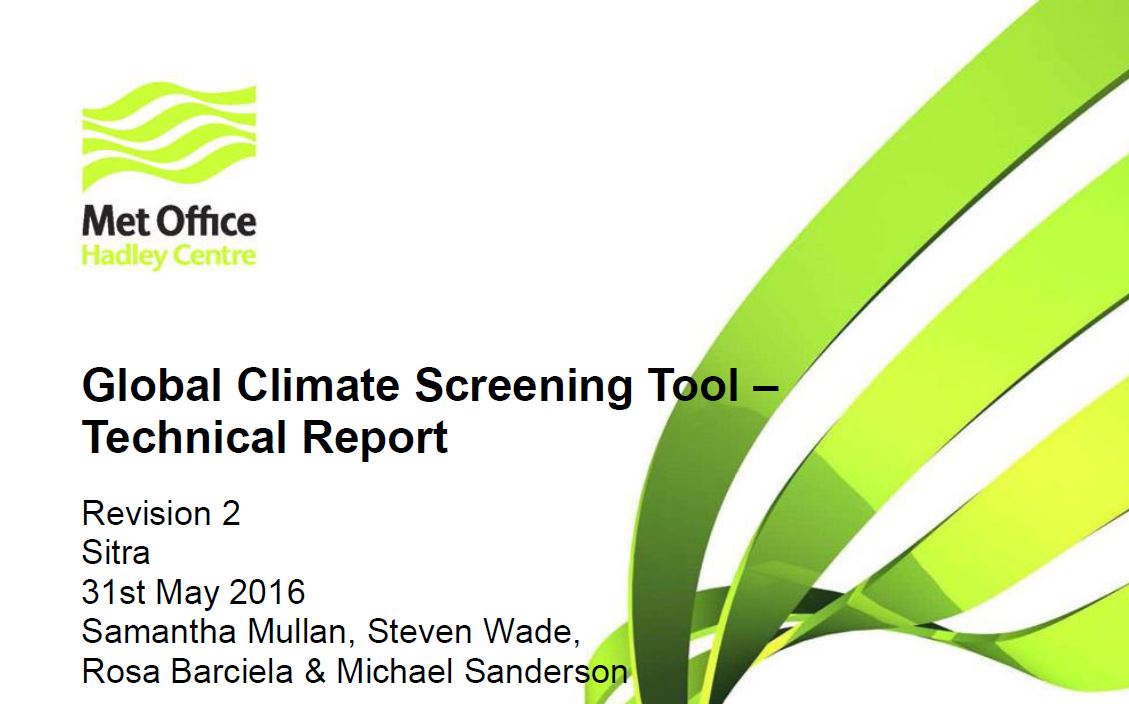At Sitra, we have often addressed climate change through the business opportunities that climate change mitigation makes available to Finnish companies. Nevertheless, it is important to examine the phenomenon from the perspective of the resulting risks to business. If climate change were to bring more storms to areas important to a company’s operations or supply chain, or if a rise in sea level threatened a company’s central infrastructure located in coastal areas, this would probably also bring significant risks to its business.
Climate change poses a big global challenge, and it cannot be ignored when designing future scenarios. Although the debate in Finland on climate change has to a certain extent focused on the reduction of greenhouse gases, it is also important to analyse the impacts of climate change and their consequences. It is an inconvenient fact that in order to implement the goals of the historic Paris Agreement on climate change, limiting global climate warming below 2°C requires large-scale measures, and that even if all national undertakings of the countries involved were carried out, climate warming would only be limited to about 2.7°C.
The effects of climate change vary in different parts of the globe: from floods to droughts, from the rise in sea level to the increasing prevalence of storms, and from acidification of oceans to temperature increases. Even though climate change is a global phenomenon, its direct and indirect effects strike different areas with different intensities.
From the viewpoint of companies, it is important to try to identify and understand the impacts of climate change and their effects on business. From the perspective of risk management, climate change and its effects must therefore be systematically and analytically assessed. For this reason, climate risks must be made a part of companies’ risk management processes.
Sitra – in co-operation with the British meteorological institute the Met Office, the Climate Leadership Council and Fortum – has developed a tool which helps companies identify and assess climate risks. The tool is based on global data collected by the Met Office. With the help of that data, companies can make sense of important climate risks in different areas.
With its help, a construction company in Northern Europe, for example, can estimate the climate risks vitally important to its business and their possible effects. Based on this, the company, in its own risk management and strategic planning, can figure out how to prepare for those risks and what measures should be undertaken for their prevention.
The tool is quick and easy to use and will help in taking the first steps to identify and turn attention to climate risks in risk management.
You can download the tool, the technical report explaining its background, and the user manual from the following links.





















Recommended